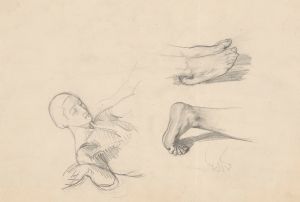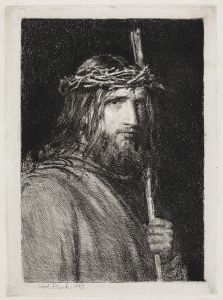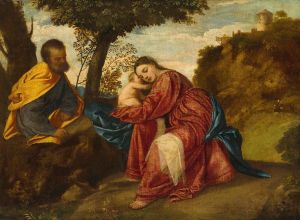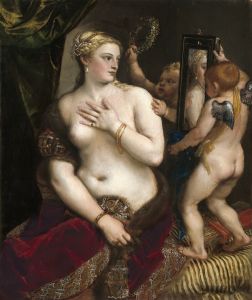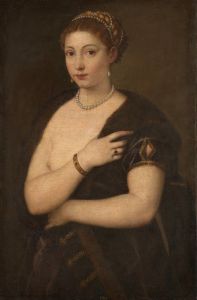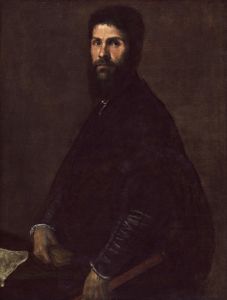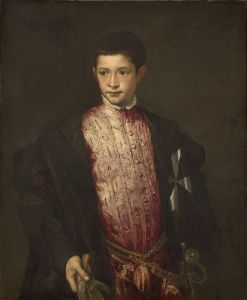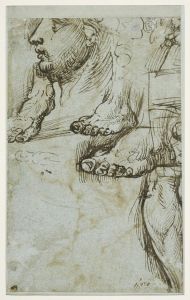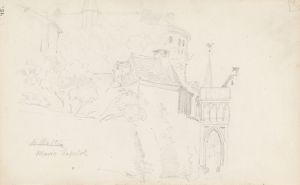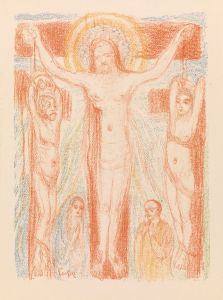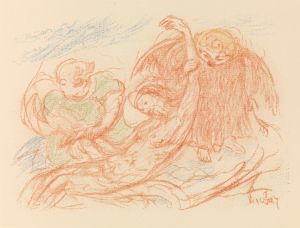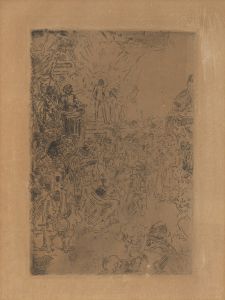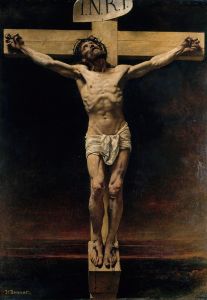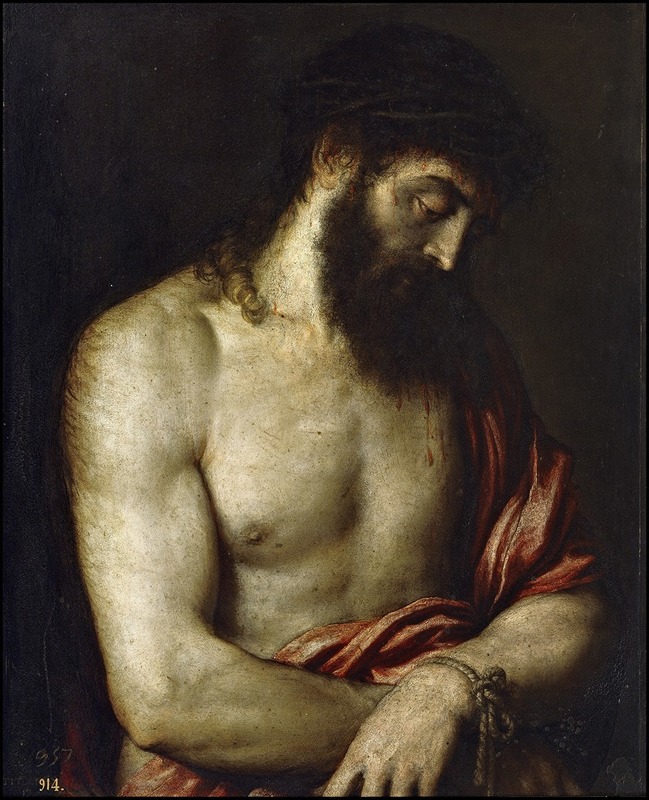
Ecce Homo
A hand-painted replica of Titian’s masterpiece Ecce Homo, meticulously crafted by professional artists to capture the true essence of the original. Each piece is created with museum-quality canvas and rare mineral pigments, carefully painted by experienced artists with delicate brushstrokes and rich, layered colors to perfectly recreate the texture of the original artwork. Unlike machine-printed reproductions, this hand-painted version brings the painting to life, infused with the artist’s emotions and skill in every stroke. Whether for personal collection or home decoration, it instantly elevates the artistic atmosphere of any space.
"Ecce Homo" is a painting by the renowned Italian Renaissance artist Titian, also known as Tiziano Vecellio. The title "Ecce Homo" translates from Latin to "Behold the Man," a phrase attributed to Pontius Pilate when he presented a scourged Jesus Christ, crowned with thorns, to the hostile crowd before his crucifixion. This moment is a significant event in the Passion of Christ, and it has been a popular subject in Christian art.
Titian's "Ecce Homo" is believed to have been created around 1543. The painting is an oil on canvas and measures approximately 242 cm by 361 cm (95 inches by 142 inches). It is currently housed in the Museo del Prado in Madrid, Spain, which holds one of the most extensive collections of Titian's works.
In this composition, Titian masterfully captures the dramatic tension and emotional intensity of the scene. Jesus is depicted at the center, wearing a crown of thorns and a red robe, symbolizing his suffering and the blood he shed. His hands are bound, and he appears calm and resigned to his fate, embodying the theme of sacrifice and redemption. The figure of Jesus is illuminated, drawing the viewer's attention to his serene yet sorrowful expression.
Surrounding Jesus are various figures, including Roman soldiers and members of the crowd, who display a range of emotions from indifference to cruelty. Pilate is also present, typically shown gesturing towards Jesus as he addresses the crowd. The background features classical architecture, adding to the grandeur and historical context of the scene.
Titian's use of color and light in "Ecce Homo" is particularly noteworthy. He employs a rich palette, with deep reds, blues, and golds, to create a sense of depth and drama. The play of light and shadow enhances the three-dimensionality of the figures and the overall composition, highlighting Titian's skill in rendering human emotion and physicality.
The painting reflects Titian's mature style, characterized by his loose brushwork and ability to convey texture and movement. His approach to the human form and his use of color influenced many subsequent artists and solidified his reputation as one of the greatest painters of the Renaissance.
"Ecce Homo" by Titian is not only a significant religious artwork but also a testament to the artist's mastery of his craft. It continues to be admired for its emotional power, technical brilliance, and its place within the broader context of Renaissance art.





